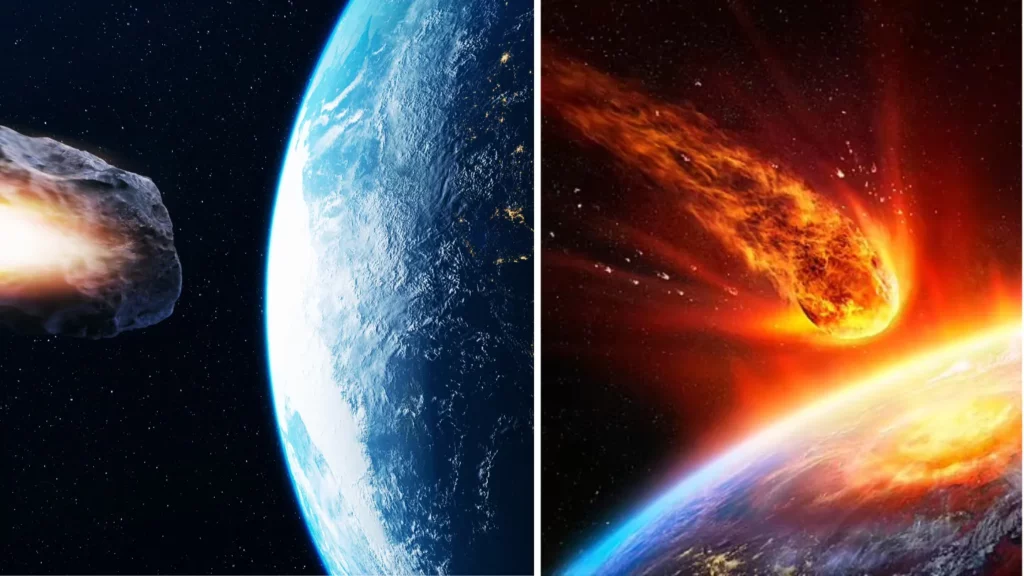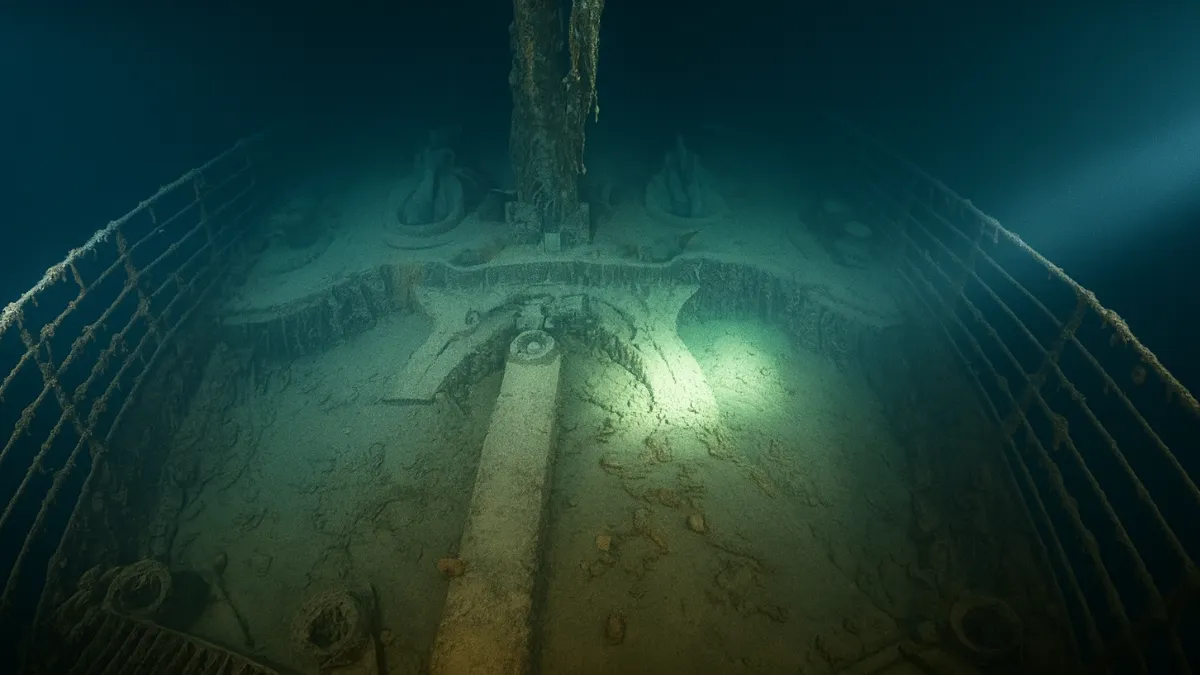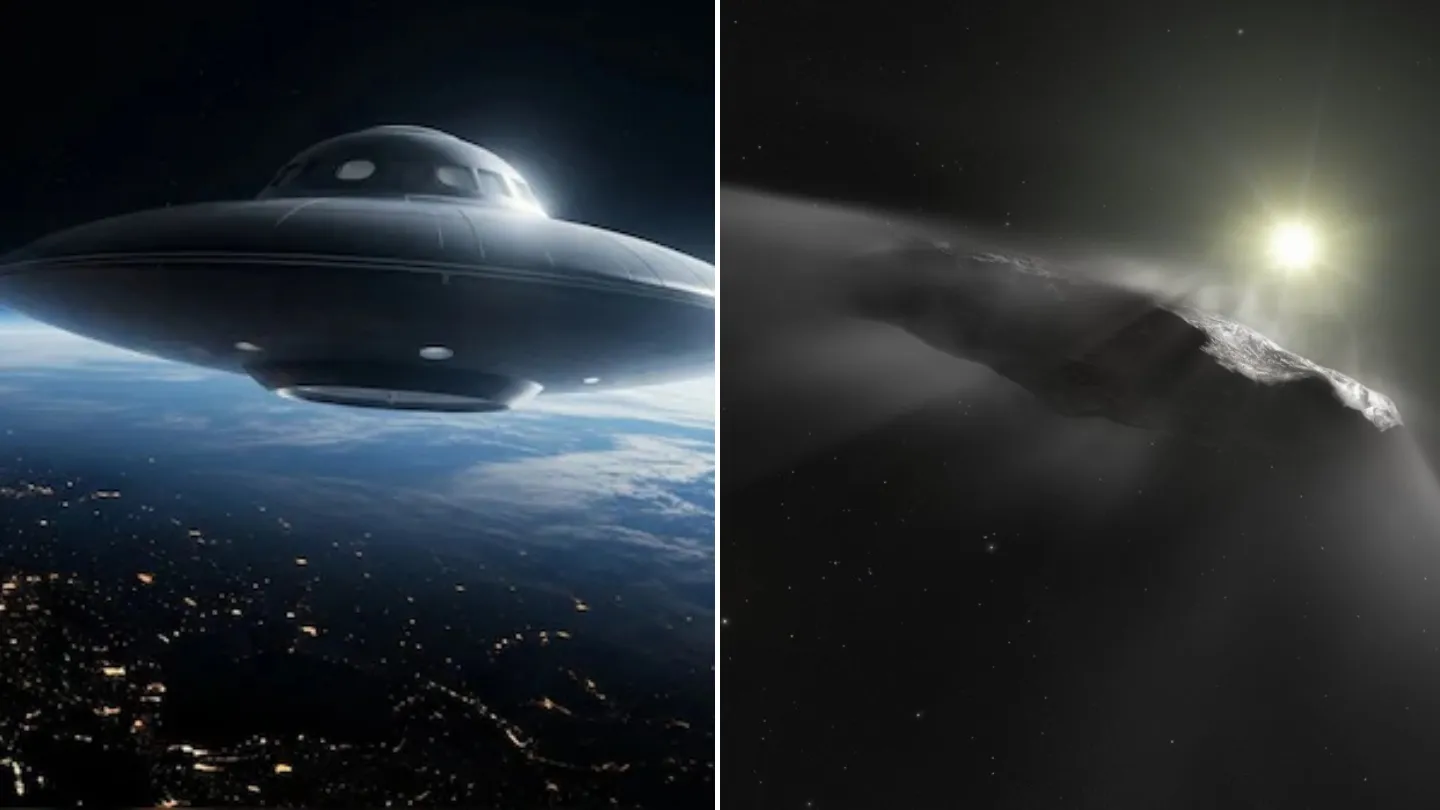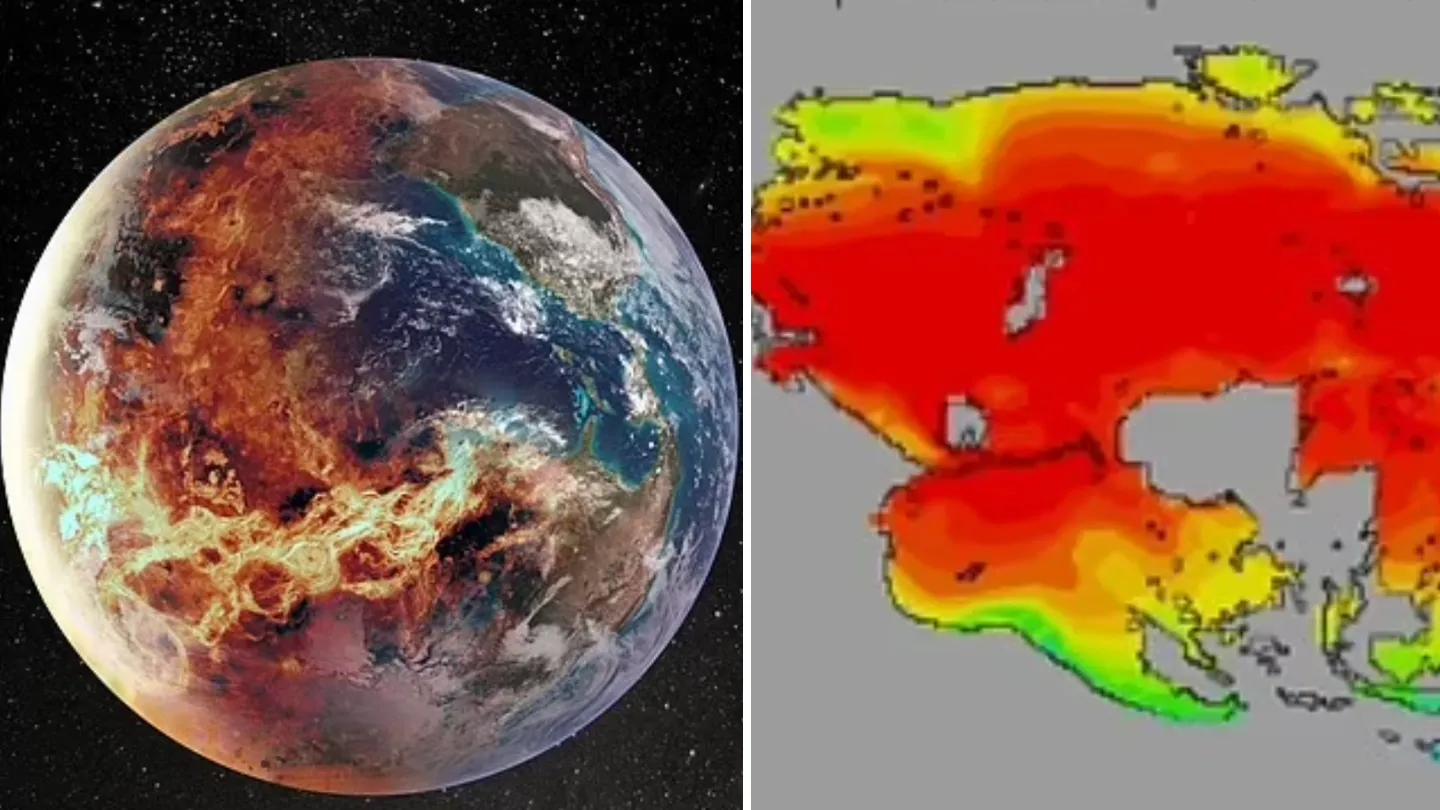Scientists are closely monitoring an asteroid predicted to enter Earth’s atmosphere today. This extraordinary celestial occurrence is poised to produce a captivating spectacle as the cosmic object zooms across the atmosphere.
NASA’s Catalina Sky Survey recently detected an asteroid just a few hours after its discovery. This finding showcases the increasing proficiency of scientists in detecting such objects prior to their arrival on Earth.
Researchers at the Catalina Sky Survey recognized Jacqueline Fazekas for her role in identifying the asteroid. The discovery occurred a mere eight hours prior to its anticipated atmospheric descent.
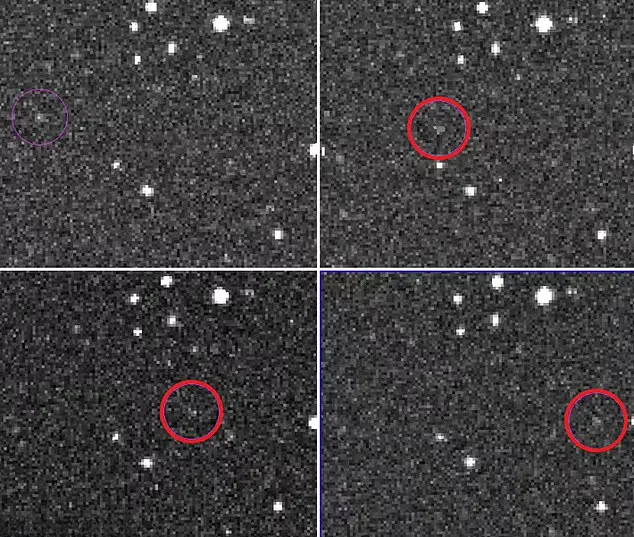
According to the European Space Agency (ESA), the detection of an asteroid before its collision is extremely rare, with only nine recorded instances in history. There is an upcoming event that will take place in Earth’s atmosphere today.
News reports project a space rock to fly over Luzon Island in the Philippines. People in the area will witness a fireball as a streak across the sky.
Alan Fitzsimmons, an astrophysicist at Queen’s University Belfast, spoke about the asteroid’s incredible speed. “Don’t let Hollywood movies deceive you,” he stated, highlighting the asteroid’s remarkable speed of 39,000 miles per hour.
Although the asteroid is moving at a high speed, its small size of about three feet ensures that it does not pose any threat to Earth. Luckily, experts say the asteroid will burn up before reaching the surface.
Although asteroids frequently enter Earth’s atmosphere, the capability to identify them in advance represents a noteworthy scientific progress. NASA reports that approximately 48.5 tons of meteorites bombard Earth every day.
The majority of these meteorites are quite small, no larger than a grain of sand, and completely disintegrate upon entering the Earth’s atmosphere. In order for an asteroid to make its way to the Earth’s surface, it needs to have a minimum width of five meters.
Today’s asteroid is significantly smaller, and its presence near Earth does not pose any cause for concern. Most of the object will break apart in the atmosphere.
In the past, larger asteroids have had a considerable impact on the planet. In 1908, a massive explosion occurred over Russia in what is now known as the Tunguska event. An asteroid measuring 50 to 60 meters in diameter detonated, causing this extraordinary event. This explosion left a lasting impact on a vast area.
The Tunguska meteor explosion outperformed the Hiroshima atomic bomb by a factor of 1,000. It caused extensive damage, wiping out 80 million trees and completely flattening a secluded forested region.
Although this incident is a stark reminder of the destructive power that asteroids can possess, it’s important to note that today’s impact is nowhere near large enough to cause any significant harm. Instead, it will provide an intriguing celestial spectacle.
The European Space Agency (ESA) has confirmed that there is no need for evacuations. We expect the asteroid to burn up during its descent, with any remaining fragments safely landing in the ocean.
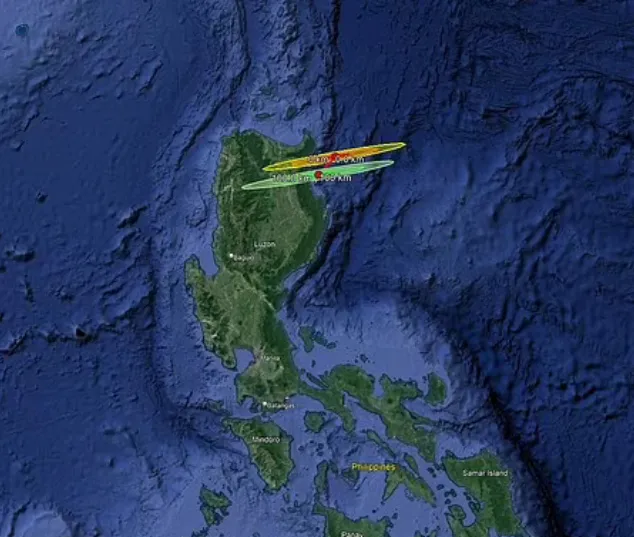
Alan Fitzsimmons emphasized the significance of this discovery, commending the progress made in survey technology. He mentioned that the frequency of small asteroids being spotted is increasing.
Fitzsimmons emphasized the importance of early detection systems in planetary defense. According to him, survey telescopes have reached a level of accuracy at which they can provide us with some advance notice.
If scientists identify a larger, more hazardous asteroid, this type of warning would be crucial. This technology allows scientists to monitor space objects and alert the public when necessary.
The ESA expressed optimism about today’s detection, seeing it as a promising development for planetary defense. “This detection is actually quite positive!” they exclaimed in a post on X (formerly Twitter).
According to the ESA, asteroids of this size make their way into Earth’s atmosphere approximately every two weeks. They usually burn up entirely, resulting in short but dazzling fireballs.
The nearby public can watch these fiery objects descend. We anticipate that today’s asteroid will provide a comparable spectacle above the Philippines.
Amidst the global anticipation, scientists are diligently improving their tracking systems. Every discovery provides a valuable chance for further investigation and readiness.
And now, the climax approaches. At 12:45 PM ET, or 12:46 AM local time in the Philippines, an asteroid will enter Earth’s atmosphere.
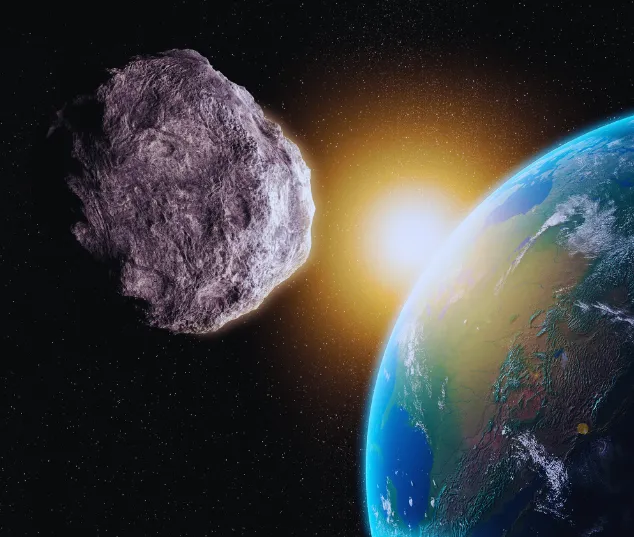
It will soar through the atmosphere at an astonishing speed, leaving a mesmerizing trail of light in its wake. We highly recommend individuals in the area to witness this extraordinary occurrence.
The ESA concluded by emphasizing this finding’s importance. They expressed optimism about the progress made in our planetary defense capabilities.
Today’s occurrence, though benign, is a stark reminder of the ongoing connection between Earth and the vastness of space. It also highlights the progress made in safeguarding our planet from more significant dangers.

